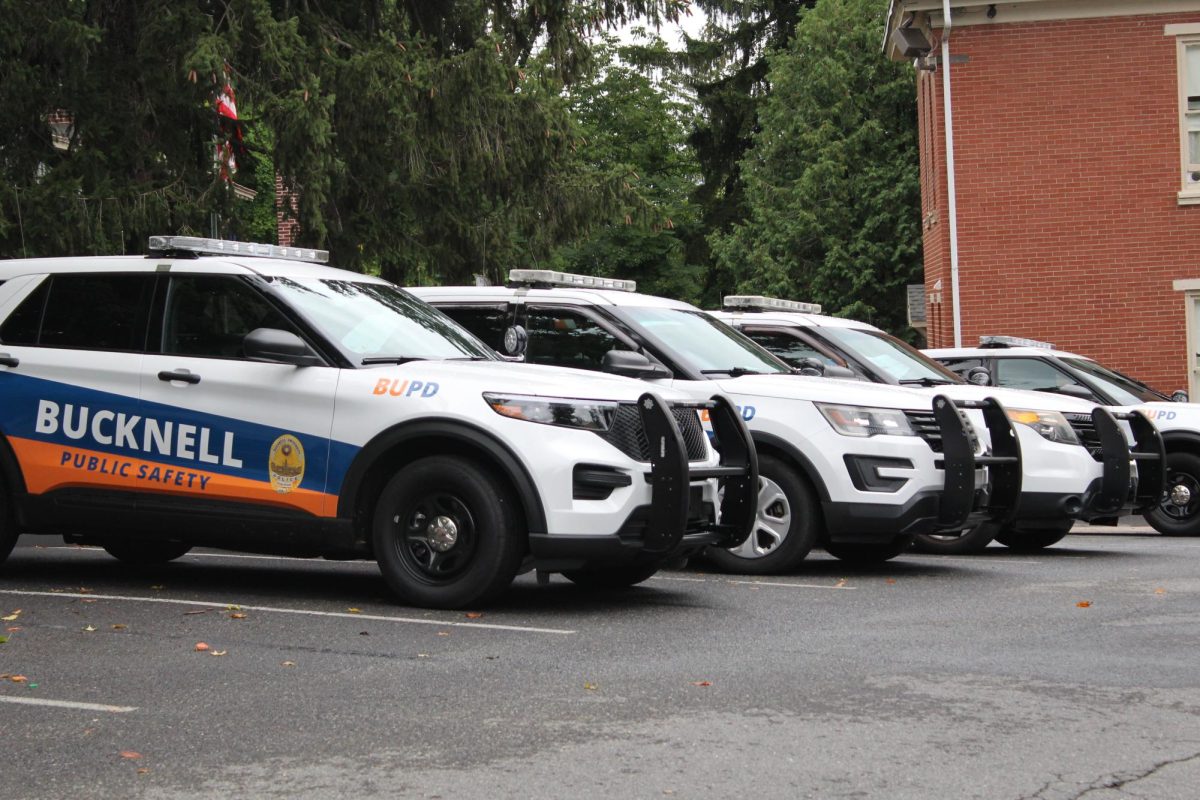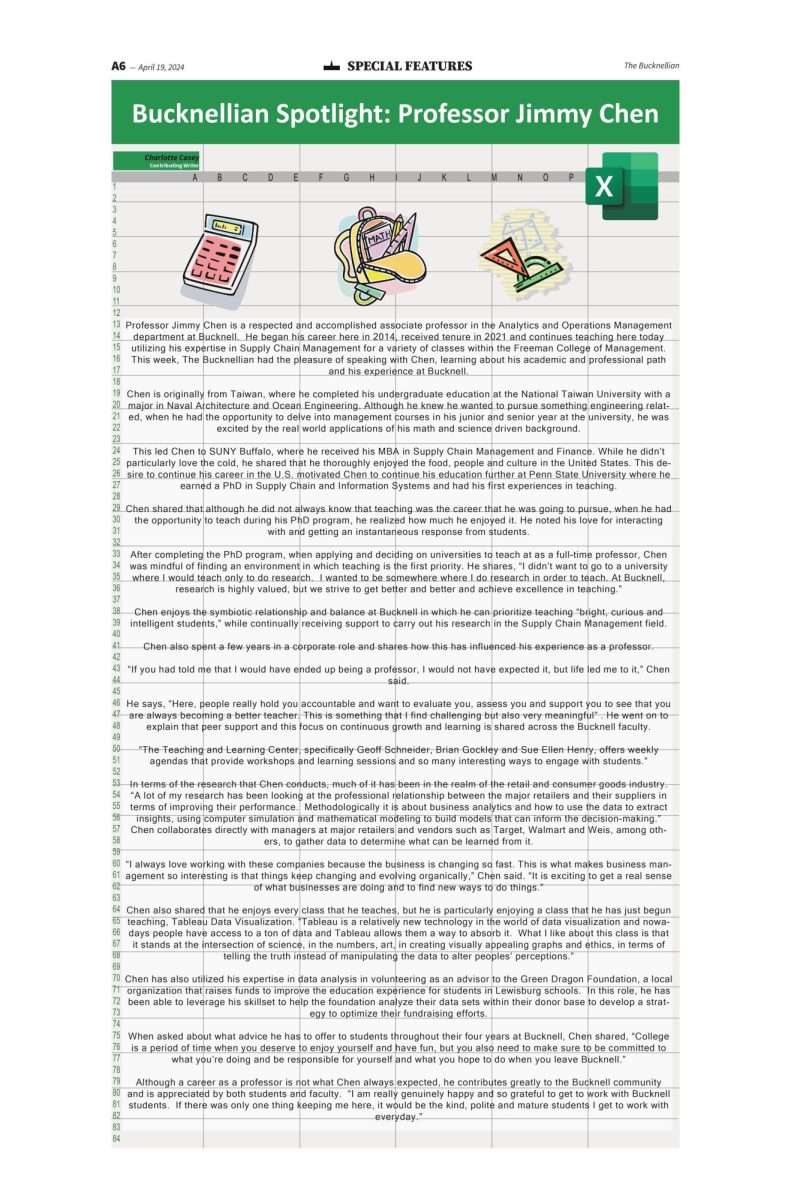2020: Who’s running and what their candidacy means for the presidential election
April 18, 2019
With the 2020 election still over a year away, the pool of candidates is already staggering. Nearly 20 Democratic candidates have publicly declared their candidacy, with others expected to announce very soon. Given the size of this crowd, it is important to take a look at who is running and what their candidacy might mean for the 2020 presidential election.
One distinct characteristic that comes to mind upon first glance at the list of candidates is diversity. Of the 18 Democratic candidates officially running at the moment, there exists a mix of genders, racial backgrounds, sexual orientations, and ages. Come 2020, the United States could be looking at its first openly gay president, first female president, or even its youngest president. Despite the size of the group, a few key contenders do merit a closer look, as their candidacy could bring a notable change in policy agenda over the next four years.
Pete Buttigieg, nicknamed “Mayor Pete,” has gained an immense amount of media attention in recent weeks for his dark horse appeal. Unlike any presidential candidate to ever be on the national stage, Buttigieg is an openly gay, newly-wed, millennial mayor from South Bend, Indiana. In recent television appearances, he has stressed the importance of immediate action on issues such as climate change and economic inequality. His strategy of identifying with the millennial generation of adults – who are growing up in a world that is worse off because of the choices of their parents – has won him early support. If his campaign gains real traction, it could lead to a more youthful, progressive, and modern take on economic and social issues in legislation over the next four years.
Bernie Sanders, an early front-runner, has already gained acclaim for his influence in making the Democratic policy agenda more progressive. Prior to the Vermont senator’s 2016 presidential campaign, income inequality, affordable college, and living wages were by no means prominent issues on the Democratic ticket. Now, nearly every major Democratic candidate has shifted their policy priorities left to compete with Sanders’ progressive goals. So far, his grassroots campaign strategy appears to be working, with 84 percent of his $18 million dollars in donations raised thus far coming from donations of $200 dollars or less, according to the “New York Times.” Time will tell if he will be able to have the same impact the second time around, but his small donor support and campaign tactics appear promising.
Kamala Harris has emerged as a leading figure of the Democratic resistance to many of U.S. President Donald Trump’s policies within the Senate. Despite being a relatively established politician, she campaigns on a platform of grassroots and equality. As a current female senator, former prosecutor, and longtime civil rights advocate, Harris offers not only experience polar opposite to the current administration, but also the ability to bridge the gap between experienced establishment politicians and the increasingly popular progressive movements.
Former Texas congressman Beto O’Rourke also brings a unique viewpoint to the table in terms of candidacy. Through a Bernie-like small donor fundraising campaign in 2018 midterm elections, Beto nearly defeated incumbent Ted Cruz for the Senate. In the race, O’Rourke notably utilized social media as a campaign tool, garnering him national attention. Now, he is emerging as a contender for a presidential bid. His policy priorities help him stand out from the growing list of challengers, with some of his main focuses being immigration reform and rural healthcare.
While these may just be a few of the candidates vying for the Democratic nomination, the wide range of issues and backgrounds they represent is emblematic of a deeper change happening within the Democratic party. Far gone are the Clinton days of super PACs and big money campaign tactics. Now, smaller donors, social media promotions, and grassroots values appear to be at the center of the top contenders’ strategies. In 2020, it is likely that the Democratic nominee will be one more progressive than ever seen before, and if elected, will push a new docket of liberal policy priorities different to those of previous Democratic administrations.


























